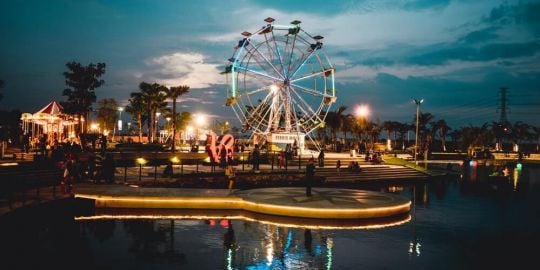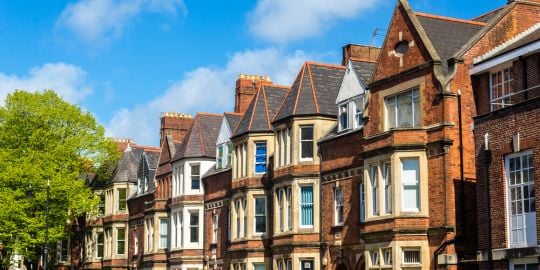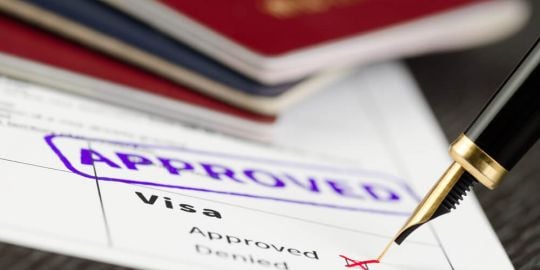http://www.dailymail.co.uk/wires/ap/art … -wild.html
I've been following this some the last few months. Once common in PR, wild parrots have dwindled to endangered, actually worse, hardly any. Many possible causes theorized--cell tower radiation to pesticides to trapping. Hopefully they have it figured out.
Beautiful photo of one in the linked story.
13 native Parrots released into the Rio Abajo Preserve
Did not see many of them when I was growing up. Mostly saw them at people's home in a cage and the pet shop, never saw one in the wild.
They are going to need to release a lot more than 13 to establish them.
A little info on them https://en.wikipedia.org/wiki/Puerto_Rican_amazon
We call them Cotorras
Although they are not native, we see Blue and Yellow Macaws everyday here. When they fly in groups of 8 to 10, it is very impressive.
Yes, dgdlaw, I seem to remember that pesticides were affecting the egg shell of the American Eagle and they made a come back.
Also instructing kids about not shooting them with Pellet Rifles may help.
Trek
Where on the island? Would love to see them!
If we set up hummingbird feeders, will they come?
To address a couple of comments in this thread:
1) 13 parrots were released this year - but these were released to join an established population of 150 or more living wild in the Rio Abajo state forest. This population was established from a captive breeding program, but have now begun to reproduce on their own in the wild.
2) ReyP, unless you are older than you look you never saw Puerto Rican parrots in the wild or in cages in people's homes. Though you may have been told they were Puerto Rican parrots, they were most likely other parrots such as monk parakeets, Dominican parrots, or other exotic species. There was an earlier captive trade of PR parrots but they never survived well in captivity and that trade was eliminated most likely by the 1940s.
3) trekrider, do you live in Guaynabo?
4) The decline of the Puerto Rican parrot is not due to pesticides, but instead due to habitat destruction (mostly) and collection for the pet trade (a little bit). At it's peak of deforestation, Puerto Rico was (by some accounts) 95% or so deforested. Puerto Rican parrots require natural tree holes for nesting; and this type of tree hole is only found in mature trees. Carboneros also could make as much as a few dollars for Puerto Rican parrot chicks in the early twentieth century. This helped nearly completely eliminate the species from the wild.
5) Your best chance of seeing Puerto Rican parrots is in Rio Abajo state forest which is in Utuado - but even their your chances are not too good. They are frugivorous, and thus would not be attracted by a hummingbird feeder (or other type of feeder). On the other hand, there are tons of exotic parrots in Puerto Rico - including hundreds, if not thousands, of monk parakeets. Ironically, Puerto Rico also has Hispaniolan Amazons, which are endangered in the Dominican Republic where they are native.
Anolis, you are more likely right, I lived in PR from 1952 to 1973. I do remember the white around the eye of the parrots I saw, but they may not have been the same, just looked a little like them.
We live on the border of Guaynabo and Bayamón. Definitely set up hummingbird feeders!! We have them constantly. They also attract bananaquits. If they are monopolizing your feeder, just set out a plate of sugar - they seem to be content with that. We had Troupials (another non-native species) try to get at the hummingbird feeders last year but haven't seen them this year.
I was teaching class outside this morning and a group of 22 Blue and Yellow Macaws flew over. Really neat!!!
That would be awesome to see, trekrider!
Hi
Rey...when area you and Cherri coming back?
What is a bananaquit?
Sugarbird wrote:Hi
Rey...when area you and Cherri coming back?
Unknown at this time when we are coming back, seems that the PR property tittle is now correct but it needs a signature by somebody which could happen any day. However, the stock market totally sucks right now and I was planing to sell some shares to buy the house. It is unlikely that the better market and the readiness of the property will occur at the correct time, so it is unlikely that I will buy the house in Ceiba.
We have been doing a lot of small repairs to our current house and when we are done we will put it on the market. Once sold the new plan is that we will rent for 6 months then buy a place. If the market remains bad, I will get a mortgage, if the market gets good I will then buy a place using the proceeds from the stocks. If the house I was looking at is still in the market, I will go for that, otherwise we need to find something similar, simple place, away from people and an acre or so in the east coast as that is where most of my family and friends are.
Sitka wrote:What is a bananaquit?
They are a sparrow-sized bird and are very common in the tropics. Quite entertaining to watch at feeders as they battle the hummingbirds. In addition to setting out a plate of sugar, you can also remove the perches of your hummingbird feeders to discourage them. Bananaquits must perch when they feed unlike hummingbirds that can hover. However, they are very resourceful and will try to get a foot-hold somewhere on your feeder to try and get at the nectar!
Here is a link to some info:
https://en.wikipedia.org/wiki/Bananaquit








